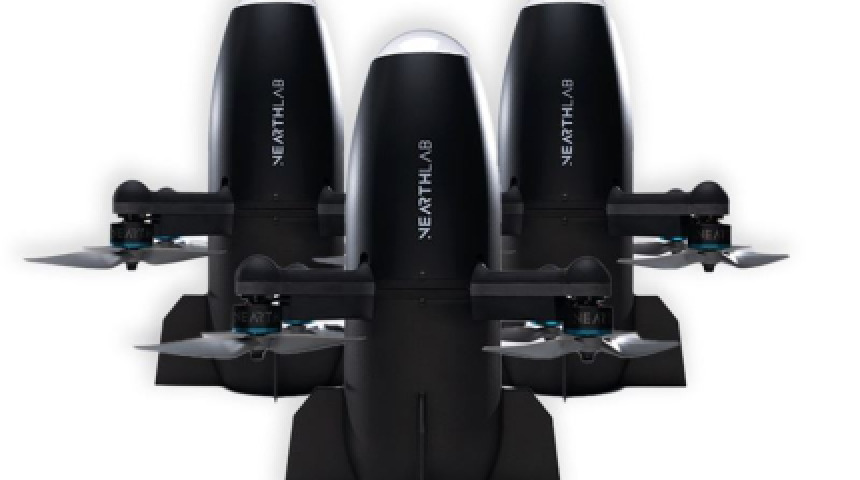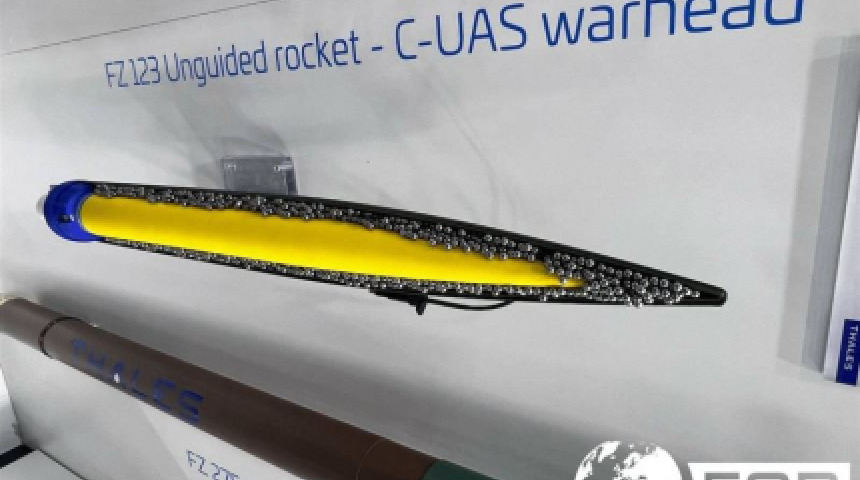漢翔挺進無人機反制領域 雷達技術轉化國防新利器

台灣航太與國防產業龍頭漢翔航空工業公司(AIDC)5月22日於股東會上宣布,正積極投入「無人機反制系統」開發,並已進入系統測試階段,展現企業從戰機雷達技術轉化至反無人機防禦的新戰略方向。
Aerospace and defense leader AIDC announced during its shareholders' meeting on May 22 that it is developing its own anti-drone defense system, leveraging years of experience in fighter jet radar integration. The system is now in the testing phase.
漢翔總經理馬萬鈞指出,該系統為漢翔首度自行開發的防禦型產品,有望填補國內低空威脅應對的裝備缺口,並與國防部「無人機防制」政策銜接。
According to AIDC President Ma Wan-chun, this marks the company’s first independent development of a defensive system. It is expected to address emerging low-altitude threats and support the Ministry of National Defense’s UAV countermeasure initiatives.
會中同時公布財報數據,漢翔去年合併營收達393億元創新高,主要受惠於高教機交運與軍機維修,以及民用航空業務回升。雖然EPS略降至2.3元,主因高教機交運延遲與供應鏈挑戰影響獲利認列。
The company also reported record annual revenue of NT$39.3 billion in 2024, driven by trainer jet deliveries, military maintenance, and civil aviation recovery. EPS dipped slightly to NT$2.3 due to supply chain delays and penalties related to late aircraft handovers.
目前高教機已交付45架,預計今年底前再交付18架;首季營收達75億元,EPS為0.25元,表現穩健。
As of now, 45 advanced jet trainers have been delivered, with 18 more expected this year. Q1 revenue reached NT$7.5 billion with an EPS of NT$0.25.
在民用航空方面,疫後供應鏈重組,漢翔成功與客戶協調調價,帶動機體與發動機業務營收占比達40%,並提升毛利表現。
On the civil side, post-pandemic supply realignments allowed AIDC to renegotiate prices, boosting revenue share from airframes and engines to 40%, with improved margins.
除國防外,漢翔也積極推進能源領域布局。3月啟用2MW風光儲能示範場域,並與馬來西亞企業合作,瞄準東南亞用電大戶市場;4月亦標得台電高階電力工程案,進軍智慧電網產業。
Beyond defense, AIDC is expanding into green energy. It launched a 2MW solar-wind storage facility in March and partnered with Malaysia’s Zong Heng Group for power island solutions. In April, it also secured a Taipower substation contract, strengthening its presence in Taiwan’s smart grid sector.




回應文章建議規則: